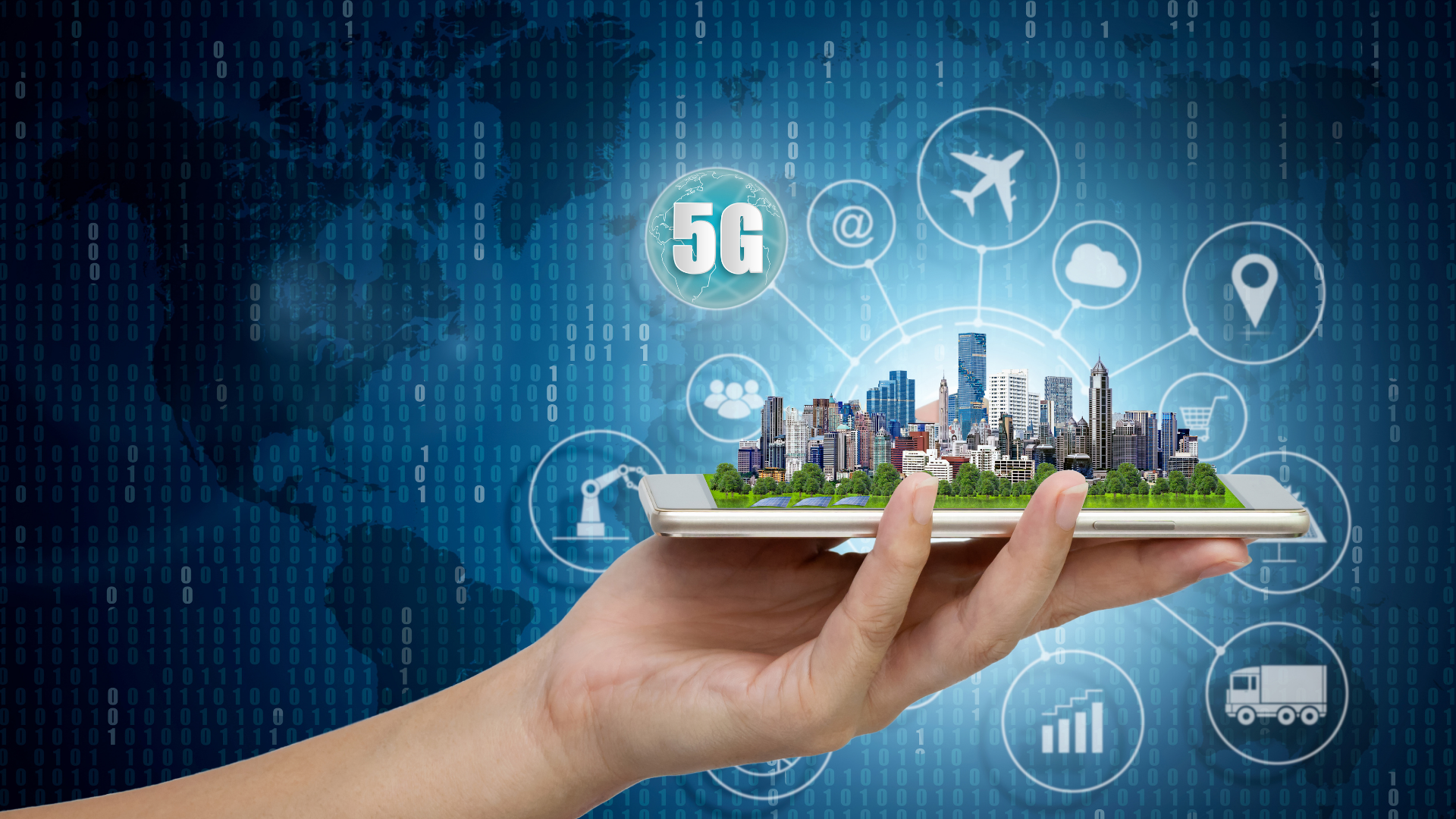Though it may still be in its infancy, the Internet of Things (IoT) ecosystem is starting to grow rapidly. More and more devices are being connected to the internet, leading to more and more data flowing through the network. This has led to the need for better ways to collect and use this data, and this is where big data analytics comes in. Big data analytics is nothing new to the technology world, but advancements in technology are making it more cost-effective-and more accessible-than ever before.
Internet of Things (IoT) is not a new concept. It has been around for a few decades now and has been the subject of much debate. The concept of IoT has also been the subject of much speculation from many in academia and media. However, with the advent of cloud computing and big data and the developments in technology, IoT has gained considerable momentum. The experts say that the IoT has great potential to change the world.
The Internet of Things, or IoT, refers to the growing interconnectivity of physical devices through the internet. This allows these devices to “talk” to each other, resulting in a massive network of connected objects. Some experts predict that the IoT will result in a top-to-bottom transformation of businesses and entire industries. These connected objects will one day be used to create a new “ecosystem” of services, products, and data streams. The technology involves several software components, which might be a little difficult to comprehend. Kubernetes, for instance, is an open-source system that can provide a highly functional platform for IoT deployments.
The focus of this article is the IoT and how it can change the world. We will look at the different IoT components, how the IoT ecosystem will work, the potential impact of IoT on the world, and the various business models that are being evolved to facilitate IoT.
Understanding More What Is Internet Of Things
There is a lot of confusion about what the Internet of Things, or IoT, is and isn’t, so let’s start by clearing that up. Basically, the Internet of Things is the network of physical objects that contain electronics, software, sensors, and connectivity to exchange data with their surroundings. The Internet of Things, however, might need real time applications in order to efficiently process large amounts of streaming data and take immediate action.
IoT devices can transmit their data to larger networks via the internet, which can be viewed and used to give us information about the things around us. It does mean you need to have a good broadband plan though, so researching your options on ATT Bundles and similar sites before committing could be a good call.
The Internet of Things, or IoT, describes the physical objects that are connected to the internet. Technology is rapidly growing, and it’s expected that billions of devices will be connected to the internet by 2025. This is great news for businesses because it makes it possible to collect more information about customers’ habits.
For example, let’s say you’re at a football game and you want to buy a hot dog. You open up an app on your smartphone that enables you to pay for your food with a swipe of your phone. You could also use voice commands.
How the Internet Of Things affects people
The Internet of Things is about devices, home appliances, security, and many other things connected to the internet and can exchange data. These companies can hire the services of a software development company, like Darwoft, in order to integrate IoT with their appliances. This means that you can connect devices like your fridge to the internet, and they will be able to exchange data with each other. You will be able to send messages and even recipes from your phone to your fridge, and the fridge will be able to tell you when you are running low on tomato sauce or when your milk is about to expire. The Internet of Things also allows you to control these devices using your phone or even from work. For example, letting you know when your dog has left the garden or even allowing you to turn on the sprinkler system from work in 20 minutes.
One of the major benefits of the Internet of Things is the ability for companies to gain valuable insight into how customers are using their products. For example, suppose a person purchases a new washing machine. In that case, they can easily connect it to their smartphone and use a special app to track their energy usage and record the performance of the machine in a given period. The app can also tell them the status of the machine at any given time, alerting them to potential problems or letting them know when it’s time to cut back on the detergent.
All in all, IoTs allow people to experience more convenience in life, which is a net positive overall.

